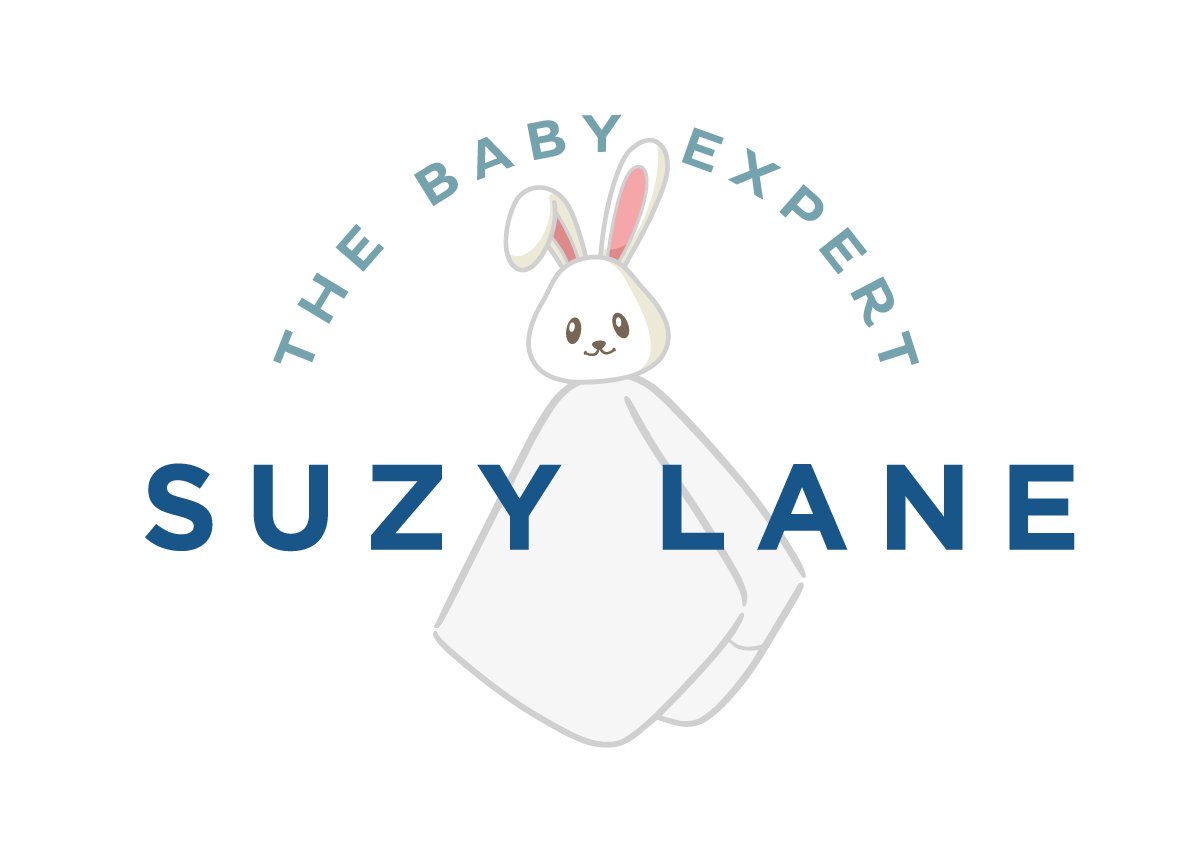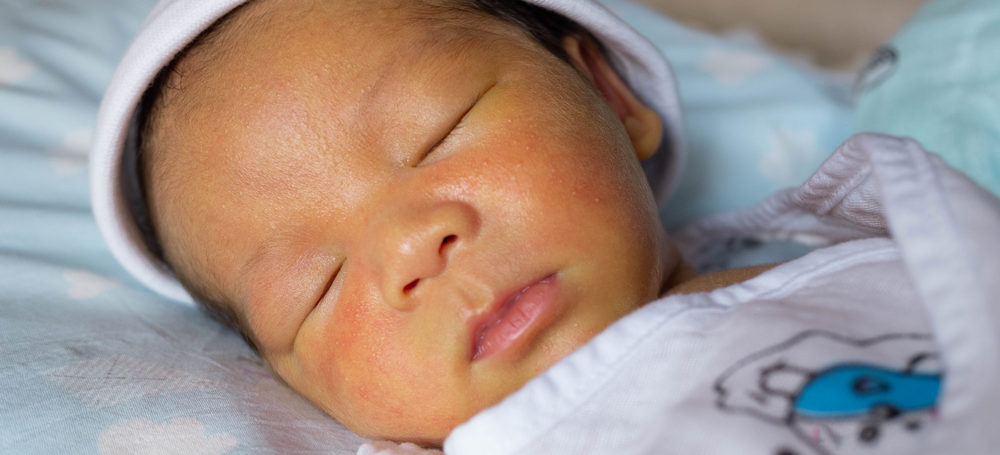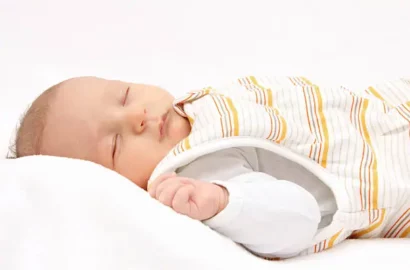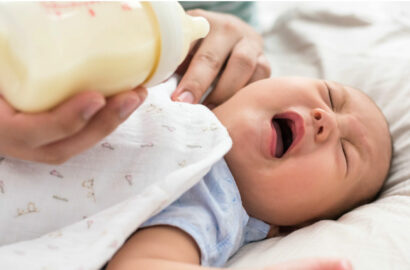Newborn jaundice. What is it and what treatment?
The liver helps break down the substance so it can be removed from the body in the stool.
High levels of bilirubin makes your baby’s skin and the whites of the eyes look yellow. This is called jaundice.
All babies should be seen by a health care provider in the first 5 days of life to check for jaundice.
• Those who spend less than 24 hours in a hospital should be seen by age 72 hours.
• Infants sent home between 24 and 48 hours should be seen again by age 96 hours.
• Infants sent home between 48 and 72 hours should be seen again by age 120 hours.
Jaundice is an emergency if the baby has a fever, has become listless, or is not feeding well. Jaundice may be dangerous in high-risk newborns.
Jaundice is generally NOT dangerous in term, otherwise healthy newborns. Call the infant’s health care provider if:
• Jaundice is severe (the skin is bright yellow)
• Jaundice continues to increase after the newborn visit, lasts longer than 2 weeks, or other symptoms develop
• The feet, especially the soles, are yellow
Treatment
Treatment is usually not needed.
When determining treatment, the doctor must consider:
• The baby’s bilirubin level
• How fast the level has been rising
• Whether the baby was born early (babies born early are more likely to be treated at lower bilirubin levels)
• How old the baby is now
Your baby will need treatment if the bilirubin level is too high or is rising too quickly.
Keep the baby well hydrated with breast milk or formula. Frequent feedings (up to 12 times a day) encourage frequent bowel movements, which help remove bilirubin through the stools.
Ask your doctor before giving your newborn extra formula.




